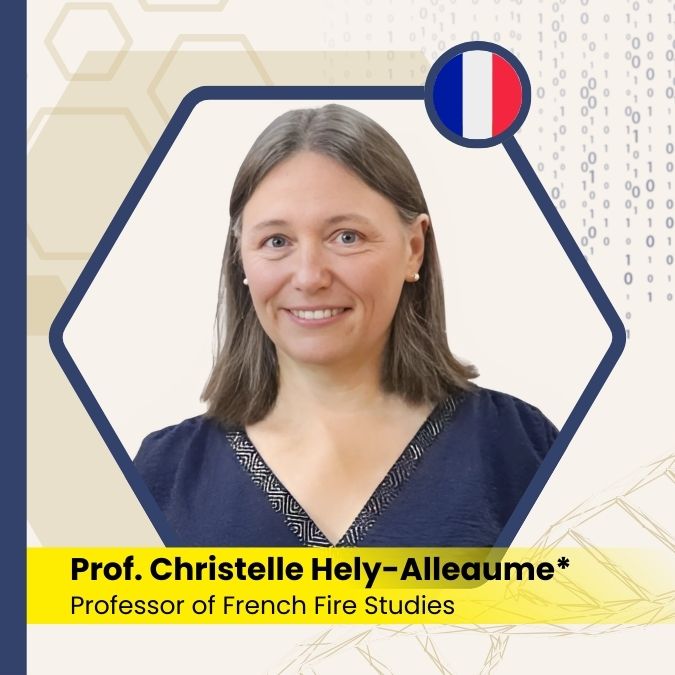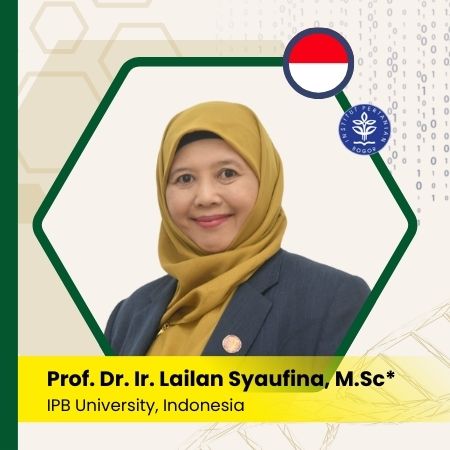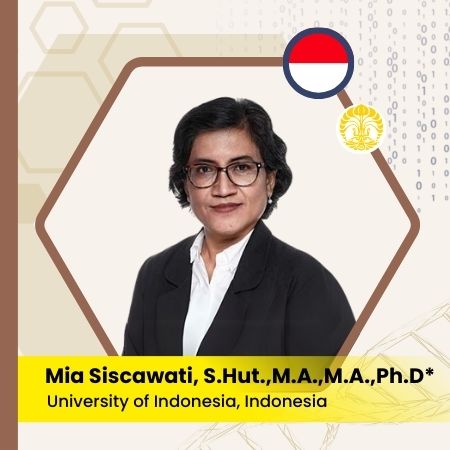Estimation of Gas Transfer Coefficient (KLa) with Fine Bubble Technology on Green Roof Runoff Water
Keywords:
Green Roof, Dissolved Oxygen, Ultrafine Bubble, Gas Transfer CoefficientAbstract
The reduction in green open spaces, which serve as rainwater catchment areas, has become a significant issue due to urban development. Green roofs offer a potential solution by capturing rainwater, though their effectiveness is limited, resulting in residual runoff. The reuse of this runoff water can enhance the efficiency of rainwater management. However, green roof runoff typically exhibits low dissolved oxygen (DO) levels and contains contaminants from its interaction with the planting medium. The ultrafine bubble (UFB) technology addresses this problem by introducing gases, such as ozone, into the water to remove pollutants and increase DO levels. The gas transfer coefficient (KLa) is crucial in optimizing UFB performance, representing the rate of gas displacement in the water, with units of inverse time. Several parameters can affect KLa in UFB applications, including the volume of the medium, the type of gas, and the duration of application. This study treated a 40-liter green roof runoff water sample with ozone gas over three-time variations. The KLa value was determined by modeling the DO levels during UFB treatment. A higher KLa value indicates more efficient treatment, suggesting that the process is optimal compared to other treatments.





























